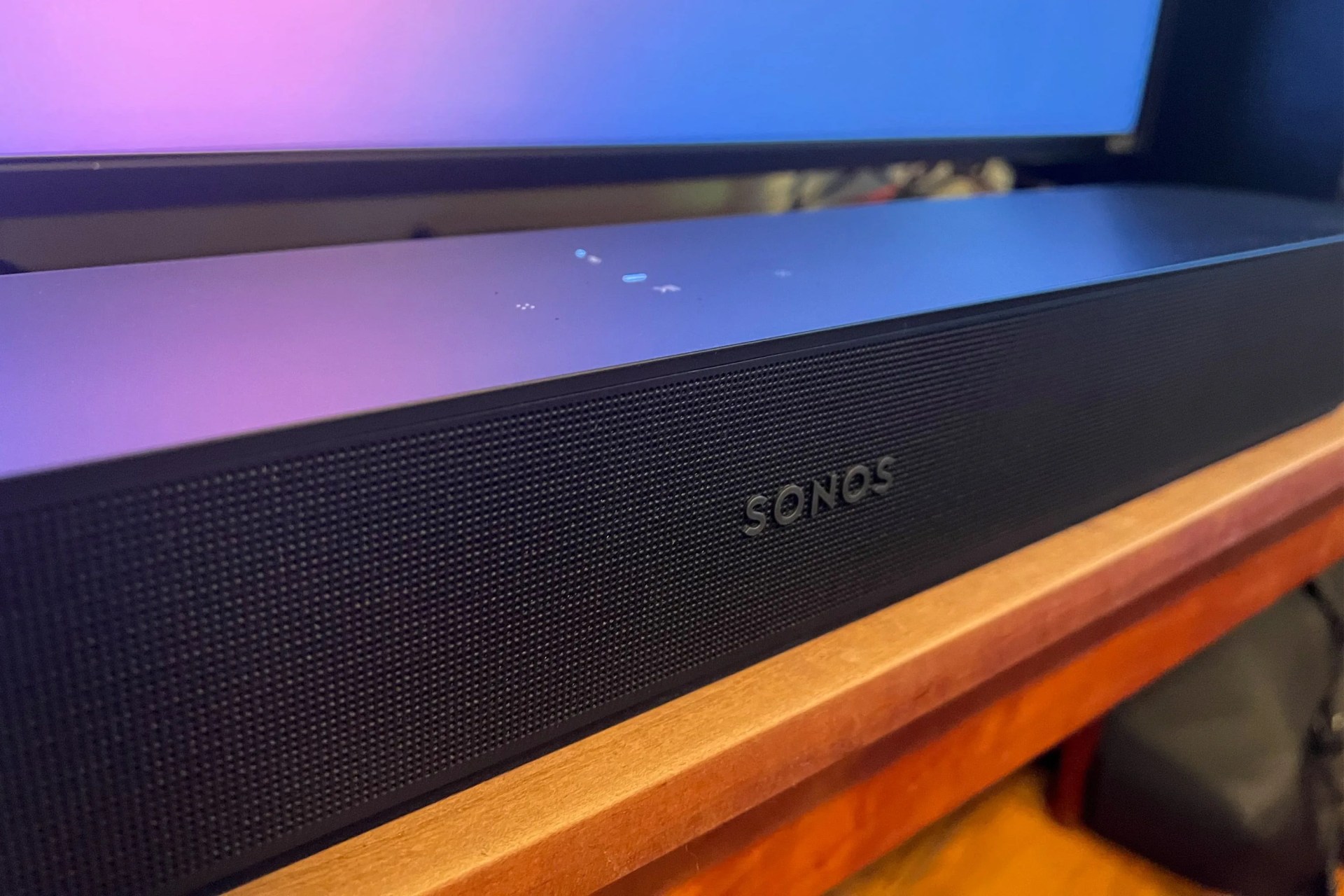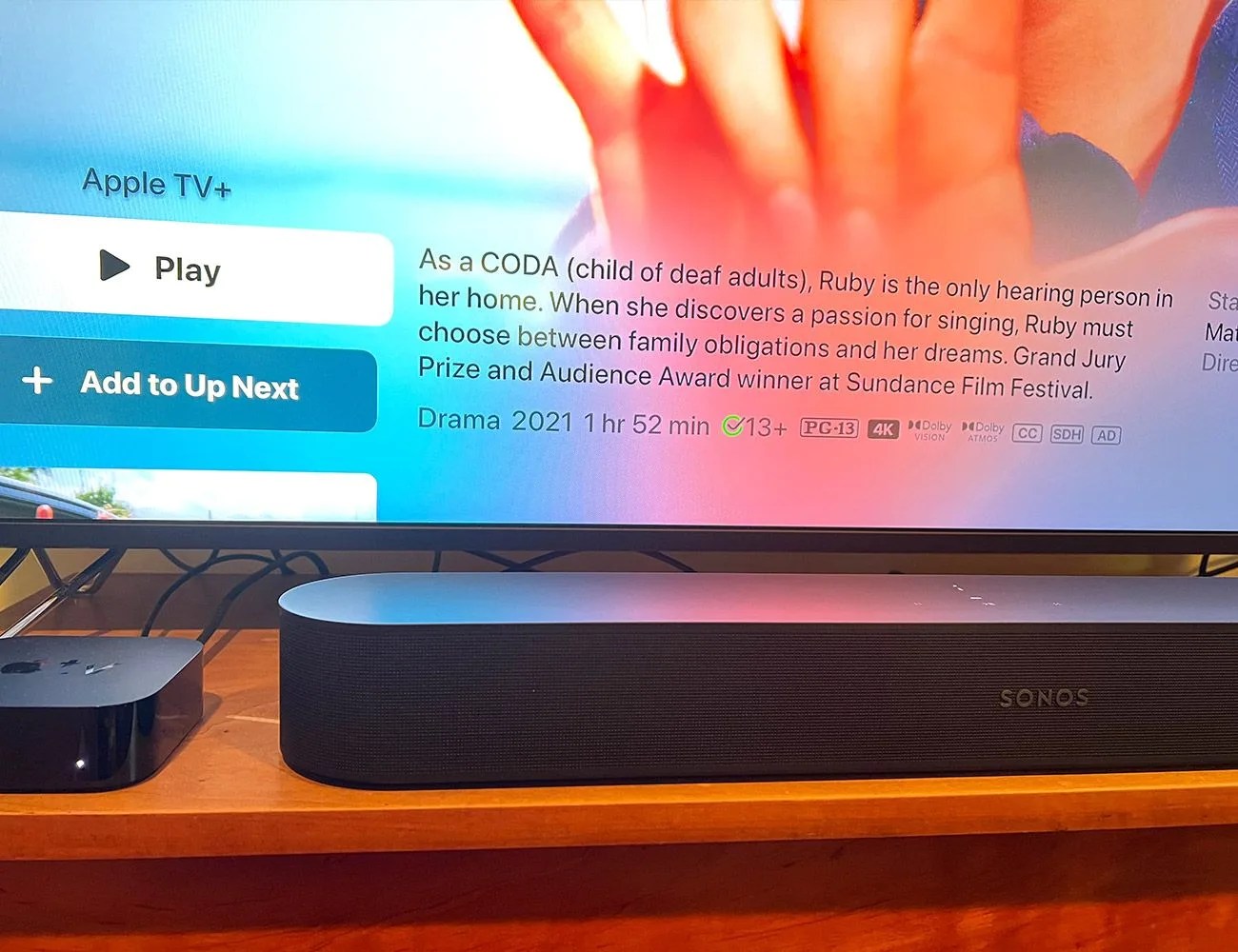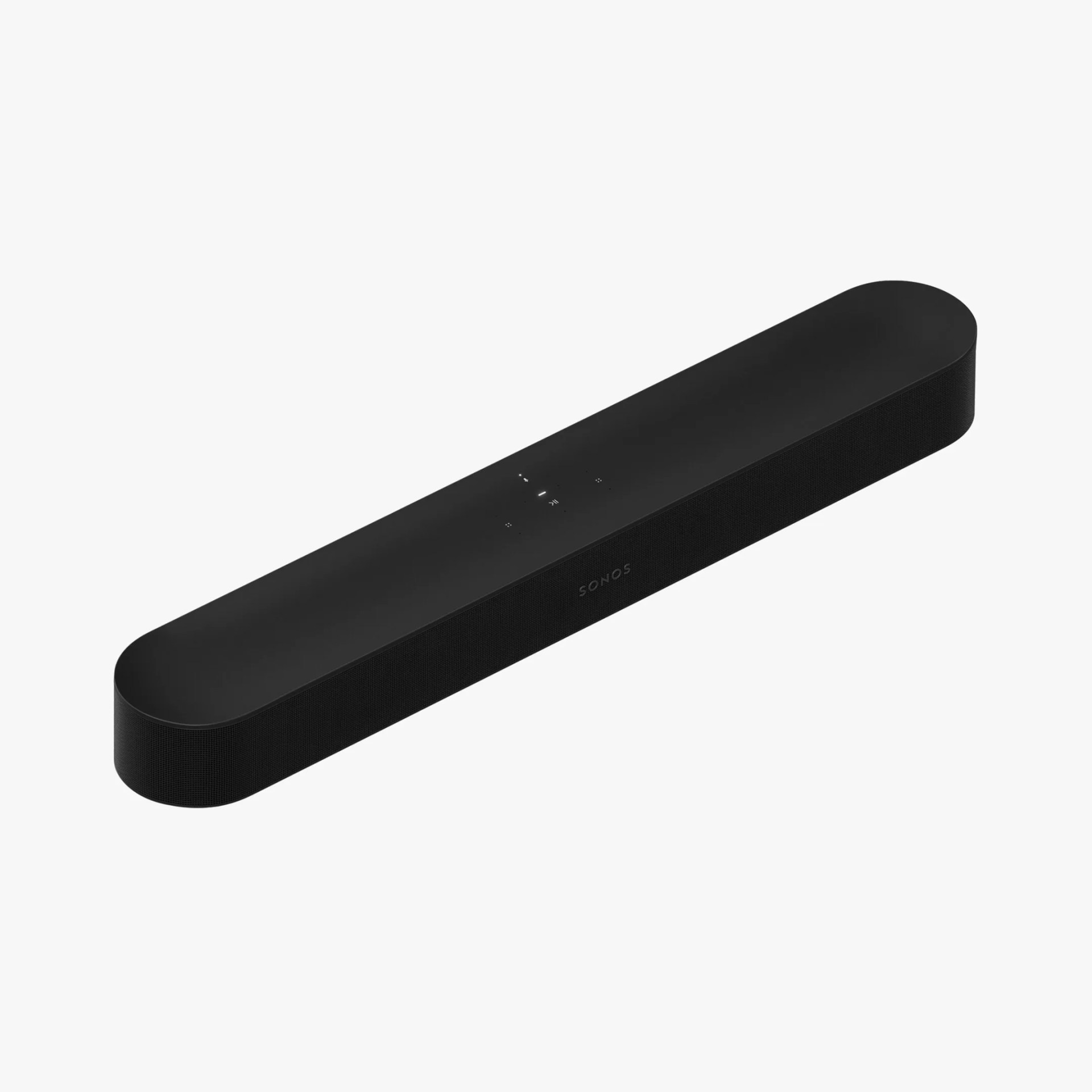The Sonos Beam (Gen 2) is a terrific little soundbar. I’ve been testing it for the last week and it works exactly like the original Beam (released in 2019) — in that it connects to your TV via a single cable and plays well with other Sonos speakers in your home — but with one major difference: it supports Dolby Atmos. And that’s a big deal.
Dolby Atmos is the immersive sound technology when it comes home theater systems, but not every soundbar or speaker system supports it as it tends to be pretty expensive. The fact that Sonos has been created a Dolby Atmos soundbar as small and affordable as the Beam (Gen 2) — it’s mighty impressive.
A quick refresher: Dolby Atmos is a technology that enables soundbars and speaker systems to create virtual height and side channels that trick your ears into thinking that there are more speakers in the room than actually are; it sounds like sound is coming from all around you — left, right and above — instead of just right in front of you.
Aside from the Dolby Atmos support, the new Beam has a few other “small” differences from the original. It has a 40-percent faster processor and can connect to your TV via HDMI eARC (as well as ARC) — both changes are needed to support Atmos. It also has a perforated polycarbonate grille (instead of fabric) so that it looks more in line with the company’s flagship soundbar, the Arc. But otherwise it has the same dimensions and same speaker configuration as the older Beam.
So if you have the original Beam and you’re thinking about upgrading, it really only comes down to Dolby Atmos. And how important that is to you.
(If you’re wondering, Sonos is phasing out the original Beam so you’re not going to have to choose between the two for long. Also, if you own a first-gen, fear not, as Sonos will continue to support it with software updates for “years to come.”)
 Photo by Tucker Bowe for Gear Patrol
Photo by Tucker Bowe for Gear Patrol
